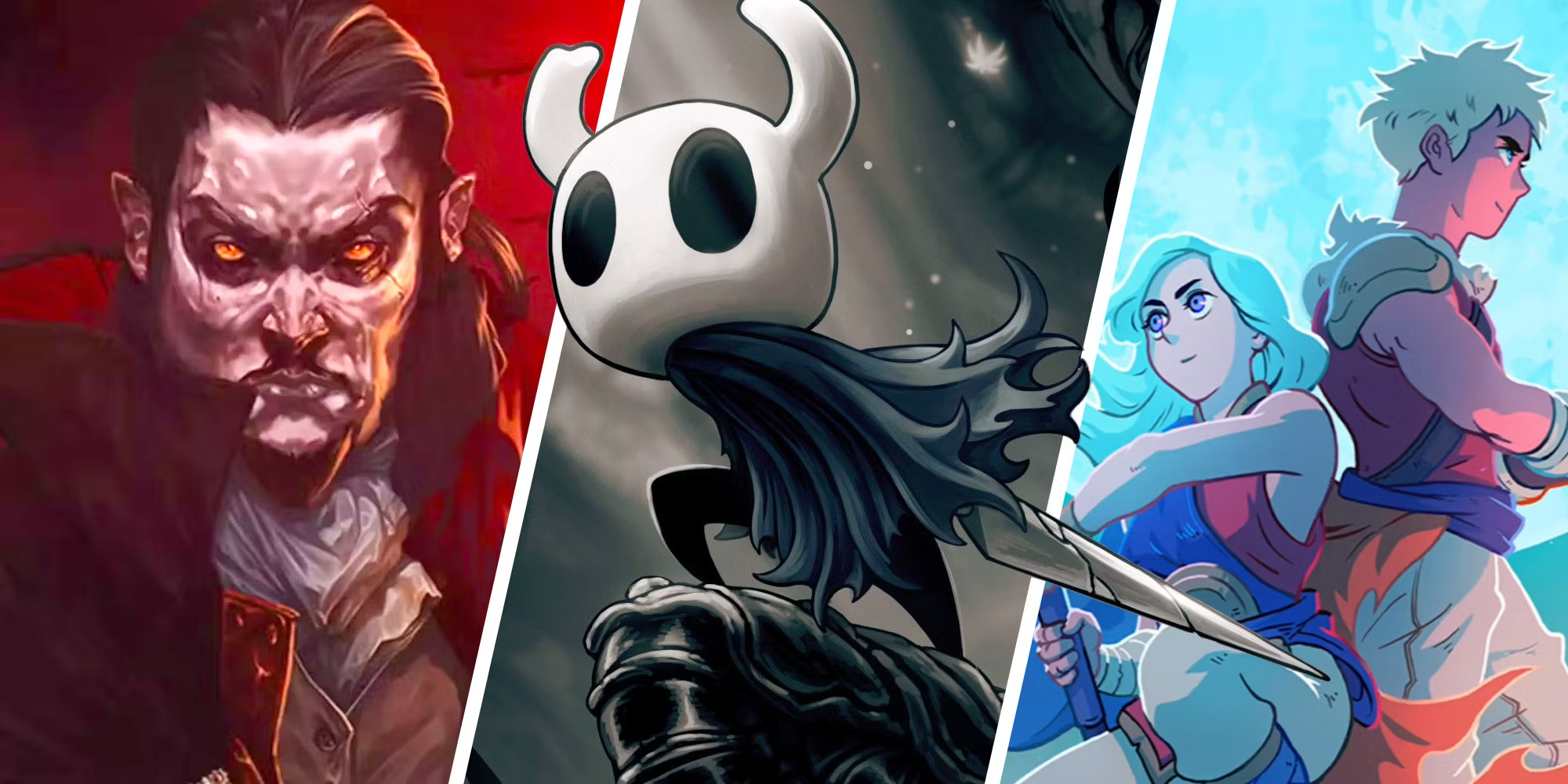In November 2021, the Golden Joystick Awards asked gamers to vote for the Ultimate Game of All Time as part of its celebration of 50 years of gaming. Dark Souls I bagged this coveted title, beating Minecraft, Doom and other legendary games. The Golden Joystick Awards is the longest-running video game award ceremony, and the fact that Dark Souls won this award via an audience poll underscores the meteoric rise to prominence of the souls-like. In a previous blog, we made no bones about the difficulty of these games. Nevertheless, it was not critics or tastemakers who voted for Dark Souls, but gamers themselves.
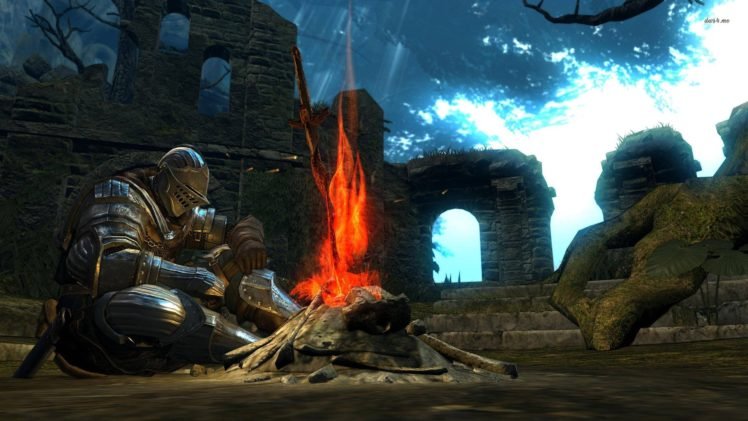
Why are souls-likes so popular? We will try to answer this by tracking the evolution of the souls-like formula and its coming of age in 2023. We will argue that the souls-like is an audience favourite because it’s a hotbed of innovation, it offers punishing but ultimately rewarding gameplay, and developers are now taking it in directions that few studios would risk, imbuing the souls-like with its own identity.
Must-Play Souls-Likes: Evolution and Experimentation
In most souls-likes, you are never more than seconds away from death, you need skill to survive, and stamina in combat. We will take a look at how From Software established and iterated on the core gameplay of Souls titles, and how studios like Team Ninja introduced novel variations on this formula: no two souls-like are alike.
Demons’ Souls
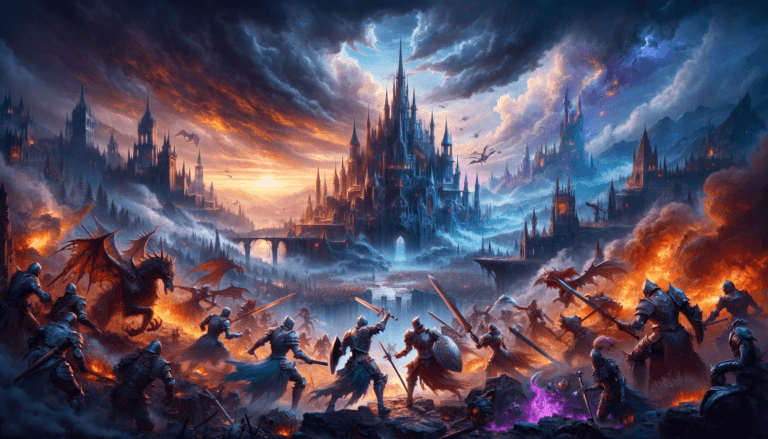
The first Souls game might well have been the last. Shuhei Yoshida, the then President of Sony Worldwide Studios, played a buggy final demo with framerate issues containing none of the game’s promised multiplayer elements. Sony decided not to publish the game worldwide. But soon, Atlus USA published the game in the US and Bandai Namco released it in Europe after reviews of imported copies made it clear that the game was 2009’s sleeper hit. At a time when mainstream games were criticised for holding the gamer’s hand and making things too easy, Demons’ Souls broke the mould and introduced the core gameplay concepts of the Souls games, with punishing combat, dark themes, an indirect narrative, death penalties, and more. As Demons’ Souls was released before the term ‘souls-like’ was coined, it was called an RPG and drew praise for its build variety and challenging combat.
The Dark Souls Franchise

If Demons’ Souls was almost nipped in the bud, Dark Souls I was against nigh-impossible odds. 2011 saw the release of Skyrim, Portal 2, Batman: Arkham City and other hugely successful games. Yet, Dark Souls drew critical praise and fans who guided each other to make the experience less punishing. Dark Souls improved upon the Souls formula: healing supplies are replenished when you respawn at a checkpoint, combat is more fluid, and the environmental storytelling is more nuanced.
Dark Souls II (2014) was not very popular on release because of performance and design issues. But it is now recognised for pioneering many of the elements that Elden Ring would feature: it is a quasi-open world allowing room for exploration, it offers more variety in builds, and has stances with unique movesets. If nothing else, Dark Souls II was a failed experiment that laid the groundwork for the best-selling souls-like to date.
Dark Souls III (2016) broke sales records on launch, becoming publisher Bandai Namco’s fastest-selling game until Elden Ring was published. A lot of hype surrounded the game before release; the term souls-like was now known, if not common, and most importantly, Bloodborne (2015) was a smash hit, giving From Software a chance to bounce back from Dark Souls II. And Dark Souls III didn’t disappoint. The game expands on many souls-like concepts: the parry system is more refined and magic builds are stronger with the Ashen Estus Flask, which can either regenerate health or magic. The new Weapon Arts system also arms the player with a variety of movesets. The world of the souls-like was now brimming with possibilities.
Bloodborne
Few games are as unique as Bloodborne, a souls-like that plays like a horror fantasy inspired by the author H.P. Lovecraft’s Cthulhu mythos. Bloodborne encourages fast-paced, aggressive combat by depriving the player of any shield or defensive weapon and giving them guns that can deal damage and repel attacks. If an enemy attack deprives you of health, you can counterattack within a narrow time frame to regain lost health points. This ‘Rally’ mechanic, along with Bloodborne’s gunplay, is a significant departure from the deliberate, methodical combat of other souls-likes.
Moreover, Bloodborne has a twist on the horror elements as well. A faculty called Insight keeps increasing as you progress through the game. This allows you to see the world as it really is – filled with Lovecraftian monstrosities. According to Lovecraft’s mythos, people who truly see the world’s cosmic horror go mad. Bloodborne’s developers translate this fictive conceit into a brilliant gameplay mechanic.
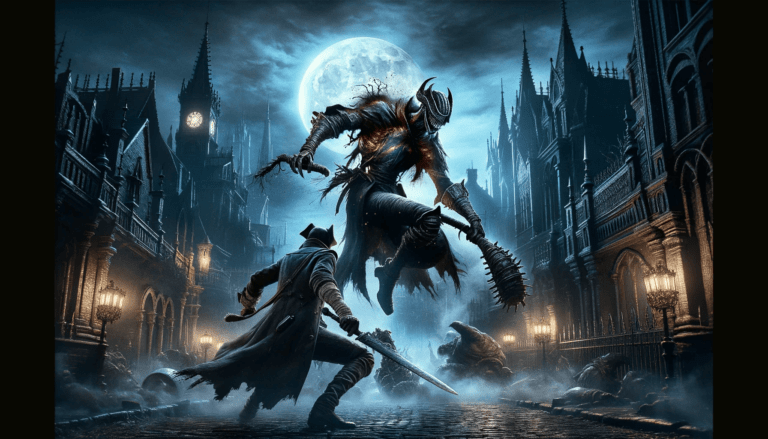
The Nioh Duology
The Nioh games are true souls-likes: they don’t copy the Souls formula, but experiment with it. As a gamer notes, unlike the Souls games, Nioh’s gameplay is much smoother, fluid and multifaceted, with various mechanics that offer plenty of approaches to combat, improving your odds of defeating the games’ incredibly difficult bosses.
Firstly, there is the all-important Ki pulse, which lets you rapidly regenerate your stamina, or Ki, in the middle of battle, allowing you to stay in the fight. Each weapon comes with three stances and their own specific movesets, and each stance offers unique advantages in battle. Every single weapon has a detailed skill tree: once mastered, these skills can be devastating in battle. The Nioh games’ narrative is drawn from Japanese folklore. In Nioh (2017) you battle Yokai – malevolent supernatural creatures – with the aid of guardian spirits that make you invincible for a short time in battle and can greatly damage enemies. In Nioh 2 (2020), you can become a benevolent Yokai, yourself, armed with powerful movesets.
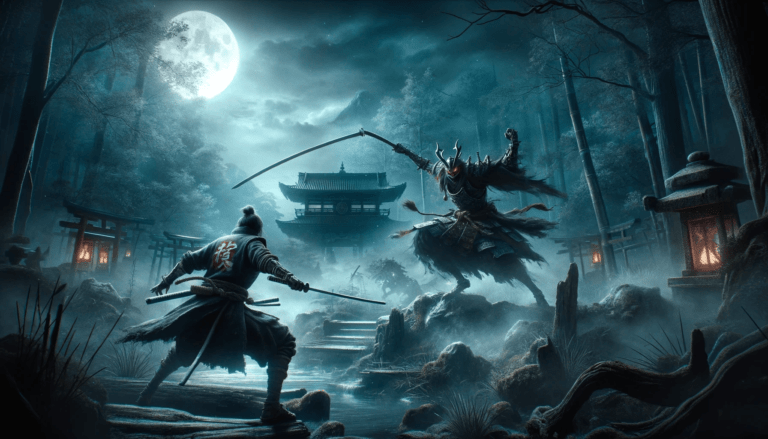
Sekiro: Shadows Die Twice
Sekiro eschews many core aspects of Souls games. In Sekiro, the most powerful move you make is the perfect parry or ‘deflect’, a timed block that you can follow up with a crippling attack. There is no stamina mechanic, but a posture bar that fills up if you block repeatedly. Once full, your posture breaks, you slump to the ground, defenceless, and are open to mortal attacks. If you successfully deflect attacks, or time your blocks, the enemy’s posture breaks and opens them up to a deathblow.
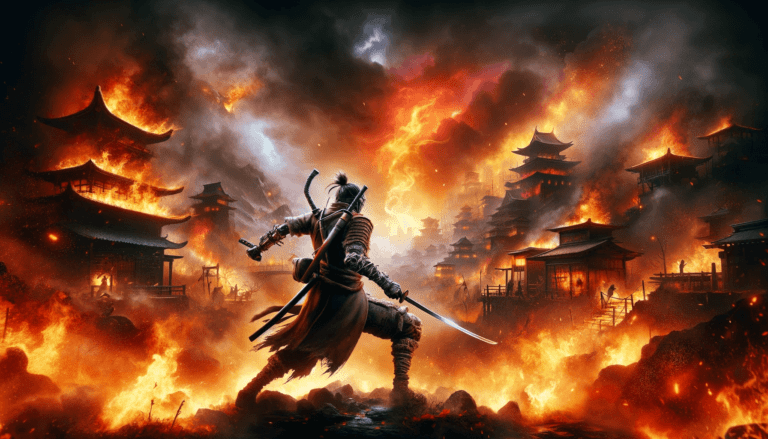
The game does away with RPG mechanics and only offers a few upgrade paths. Sekiro, the player character, is fitted with a prosthetic after his arm is chopped off early in-game, and it can be equipped with weapons like a shuriken launcher or a short-range flamethrower. They may work with regular enemies, but you must master the art of deflecting again and again and finally dealing the coup de grace to defeat bosses.
The game does have a forgiving stealth system, though, where you can kill enemies and severely weaken bosses with a timed backstab. You can flee to a nearby checkpoint even when very close to death. Even the death penalty is not severe. Sekiro is less punishing than most souls-likes purely because every boss is a nightmare.
Sekiro is a masterpiece and won the Game of the Year Award for 2019. Every design choice is meant to let you be the perfect Ninja, who can kill anything with his katana. Sekiro adds a whole new level (literally) to the world by placing loot and even NPCs in high places that can be reached only with a grappling hook. And it’s a true souls-like: it just throws out anything that does not directly involve death and difficulty.
Elden Ring
Is the best-selling Souls game and the Game of the Year for 2022 the best Souls game? Arguably, yes. Penned in part by George R.R. Martin, Elden Ring is as difficult as any souls-like, and combines this with a complex RPG system in a wide-open world. Like in any Souls game, difficulty and deception play an equal role in this title.
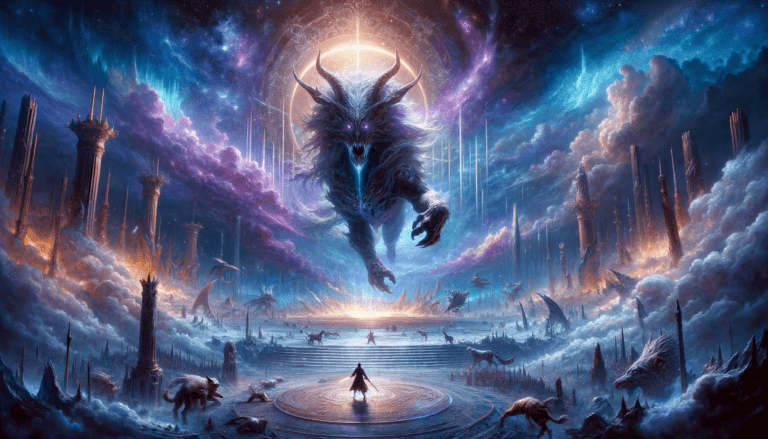
Roam without caution and you will stumble upon a mob or a nigh-unstoppable mini boss. Try to bypass this area, and you may encounter another foe who kills you with one blow. Unlike the linear Souls games, however, you are never necessarily stuck somewhere, you can always find a relatively safer path.
It’s also consistent with linear souls-like design. You explore large spaces, but your path to the Erdtree, which plays a critical role in the main quest, is blocked by incredibly difficult bosses. Explore to grind, gear up, level up and git gud enough to go after these demigods. And these boss fights are as hard as they come, but to paraphrase a reviewer, you go from ‘no way I can do this’ to ‘I can’t believe I did that’.
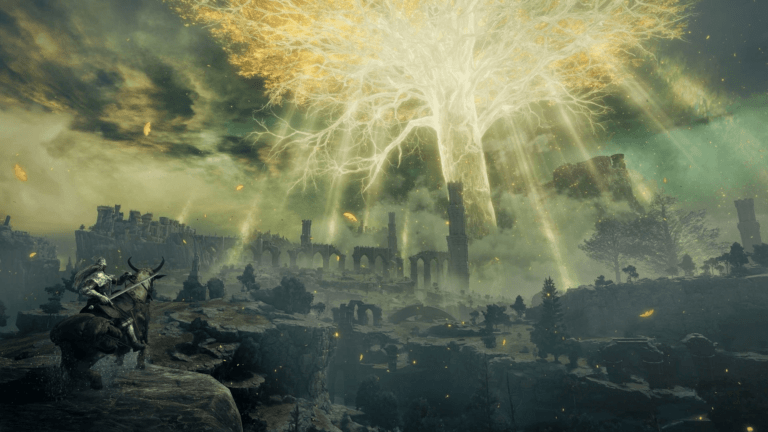
Elden Ring is both accessible and punishing. Rather than just grinding in the same area in a linear game, you explore and can come upon gorgeous vistas. There are plenty of checkpoints, and you can fast travel between them. Many regular enemies can be dispatched with a backstab using stealth. In a previous blog, we noted that only 25% of Steam gamers had beat the first boss, but the game is still a favourite among players. This is perhaps because even if you keep dying, the open world never bores you.
2023: The Year when the Souls-Like Found its Identity
If there is a tipping point for the souls-like, it’s the year 2023. Even before the year started, there were articles about hotly anticipated souls-likes. Matt Purslow, UK News and Features Editor for IGN, believes that the souls-like has ‘grown up’, suggesting that the year’s souls-likes are taking the genre in entirely new directions and emerging from the shadow of From Software, the progenitor of these games.
2023 is a year simply overwhelmed with souls-likes: Wo Long: Fallen Dynasty, released in early March; Star Wars: Jedi Survivor, released late April; Lies of P, released mid-September, followed up quickly by Lords of the Fallen in October.
With the possible exception of Jedi Survivor, each one of these games is hard enough that you might not finish it. We will discuss Star Wars: Jedi Survivor, Lies of P and Lords of the Fallen below. Each one of them not only count as adept variations on From Software’s formula, but also indicate that the souls-like is maturing rapidly.
Star Wars: Jedi Survivor

Strictly speaking, we do not consider the Jedi series true souls-likes, but we classify them as titles with combat inspired by such games. However, gamers and game sites treat them as ‘entry-level’ Souls games. This unfairly puts them in the shadow of From Software’s titles. The Jedi games are set in the beautiful, space opera world of Star Wars and have a compelling narrative, a refreshing change from the oppressive, brooding atmosphere and indirect storytelling of most souls-likes. In our taxonomy, these aren’t just ‘Souls games for noobs’, but unique games in their own right.
As Matt Purslow puts it, Jedi Survivor isn’t aping the Souls games, but aiming for ‘saberrealisticcombat’ – adroitly simulating the experience of wielding a lightsaber in close-quarters melee duels. At the same time, souls-like combat mechanics (like penalties on death, etc) make Jedi Survivor’s lightsaber duels both difficult and fun, or rewarding. You must earn the title of Jedi Knight, instead of indulging in the fantasy of being one.
Lies of P
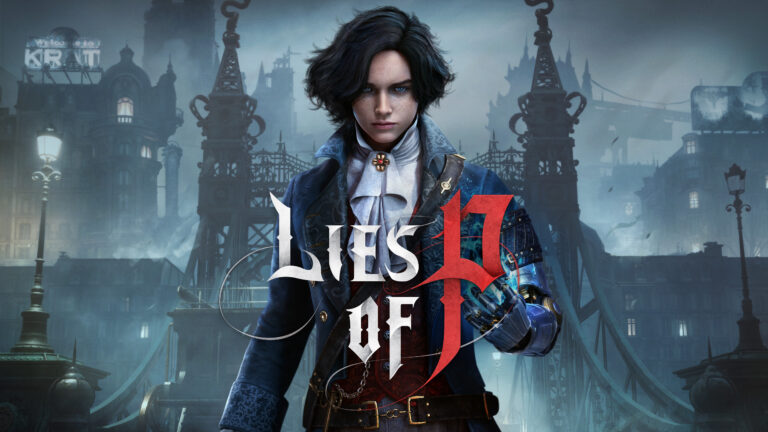
Lies of P draws inspiration from the Pinocchio fairytale, and that in itself lends it a literary sheen that other souls-likes, except Bloodborne, lack. The fact that this game is also set in the belle epoque period of European history speaks volumes about its sophistication. The belle epoque roughly corresponds to the three decades before World War I and was characterised by prosperity, cultural sophistication and relative peace. But inequality was endemic and the artistic elites felt cynical and pessimistic about the world. This combination of ‘prosperity and negativity’ allowed developers to craft a souls-like atmosphere from a real historical setting, whereas such games generally invent their own dark-and-stormy mythos. Even the ending of Lies of P suggests a sequel based on another beloved (and dark) classic of children’s literature.
In terms of gameplay, Lies of P is an unabashed love letter to Bloodborne, encouraging fast, aggressive combat (like in Bloodborne, you can recover lost health if you counterattack after a blow). Playing as Pinocchio, you can customise the protagonist based on your preferred playstyle. A standout feature is the option to break weapons into two halves and then joining two mismatched halves to create a powerful armament.
Lords of The Fallen
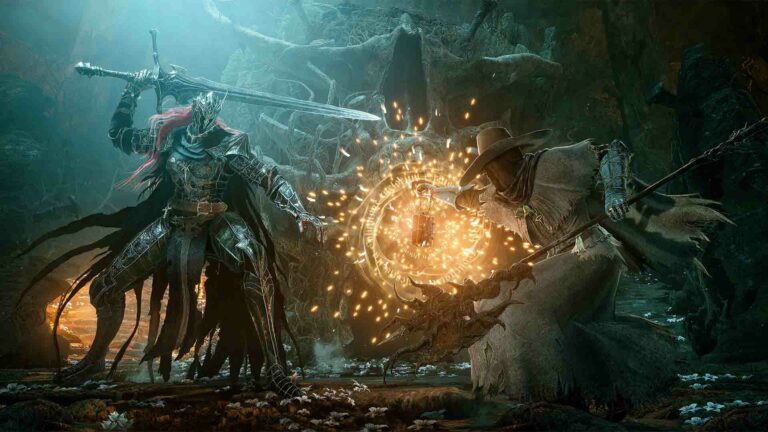
Any developer inspired by Souls games has to convince gamers that the game is difficult and punishing, but also fair and rewarding. Hexworks, the developer of Lords of the Fallen takes a unique approach to this design principle: parallel worlds that the player can alternate between to traverse the environment, solve puzzle obstacles and even get a second shot at life after dying. When you die in the living world, Axiom, you aren’t sent back to the last checkpoint, but rise back up in the exact same spot in Umbral, the parallel realm of the dead. If you die in Umbral, however, you are returned to your last checkpoint.
Umbral is hard to escape from and becomes increasingly inhospitable as you spend more time in it. The dual worlds system always poses a risk-reward problem to the player. They can use the Umbral Lamp to discover that an area blocked off in Axiom is easily accessible in Umbral, but can run into nasty enemies in the world of the dead. Players can even enter the Umbral world with the Lamp to search for rare loot, running the gauntlet of the realm’s enemies and deeply disturbing apparitions. Souls games are set in gloomy worlds; this game is set in one dark world connected to another terrifying underworld.
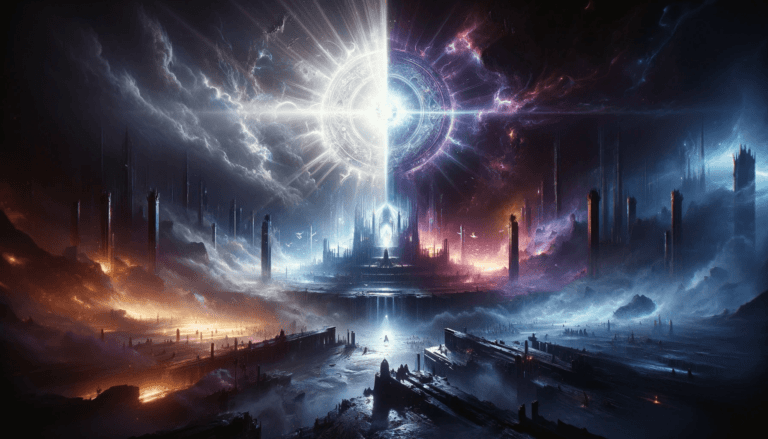
Conclusion: Why the Souls-Like is Popular
From Demons’ Souls to Lords of the Fallen (and numerous indie gems in between), the souls-like game is a hotbed of innovation – and this is arguably the reason for their continued popularity. Like nature, the gaming industry is red in tooth and claw, and each studio must evolve to survive and thrive. The developers of souls-likes have taken this mantra to heart, always experimenting with a handful of core design principles, using them as a scaffolding to create entirely unique and punishing, but rewarding, games.
Open worlds have become larger and larger, but not necessarily better. In fact, Elden Ring arguably features the best open world, with elegant sightline design and even an immersive take on the infamous Ubisoft Tower. Its minimal design elements and UI let the player truly inhabit the Lands Between.
Perhaps this type of game draws successful and innovative studios precisely because they do not have to follow ‘souls-like commandments’ set in stone. There have been so many successful experiments on the souls-like that each one has its own identity: they might all follow a few rules, but the player will have no idea how they honour these rules. Even our own checklist is a descriptive rather than a prescriptive rule-set – if more developers decide to remove the infuriating slog back to where you died to recover lost resources, we would remove this death penalty from our rule-set.
Verification Code =12458
Souls-likes are heavily single-player focussed, but paradoxically, they also have the most inventive multiplayer systems. Team Ninja, From Software, Gunfire Games and others have introduced key elements that transform the game when you play it online. We will delve into these gameplay elements in our subsequent blog.
